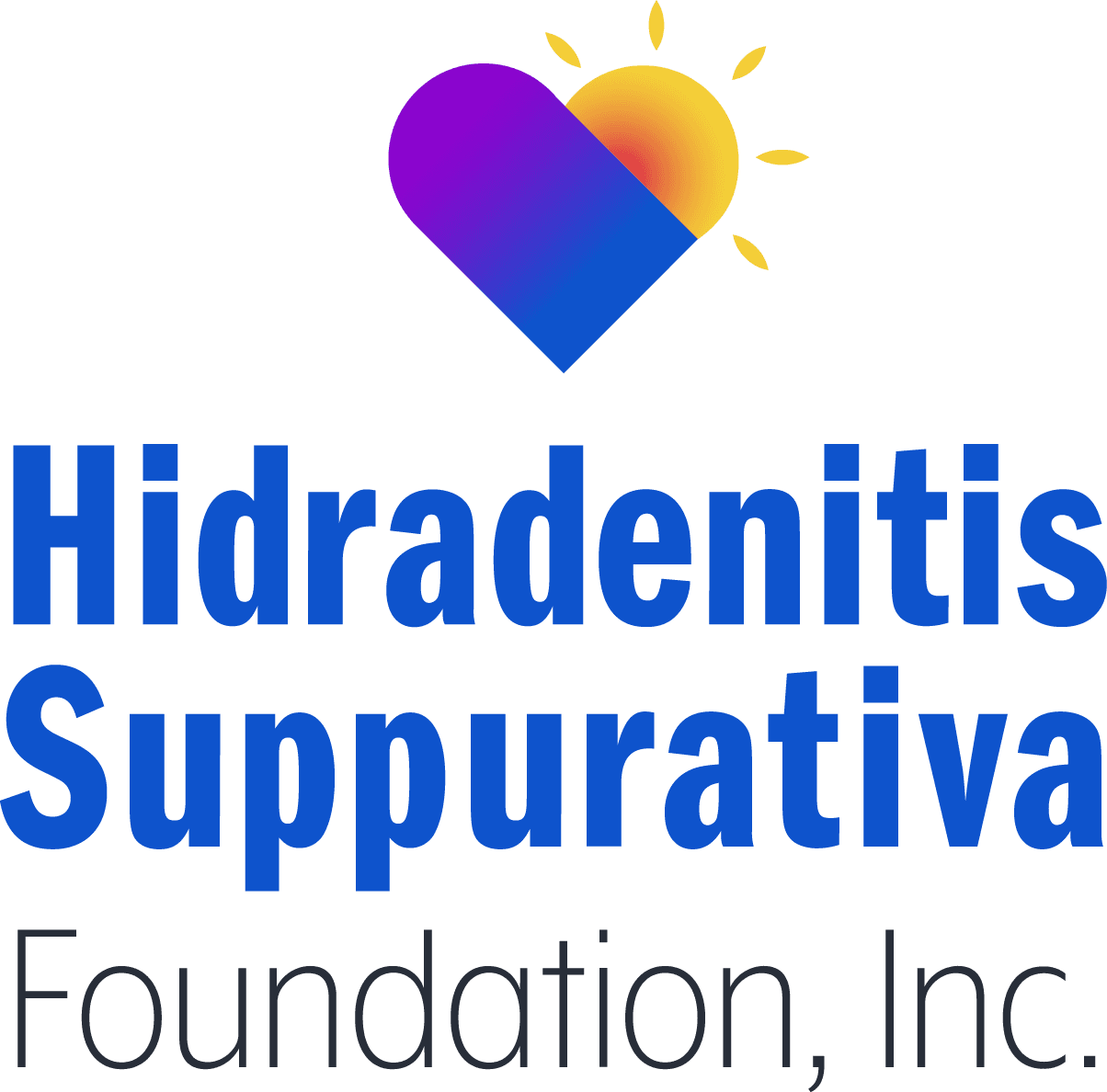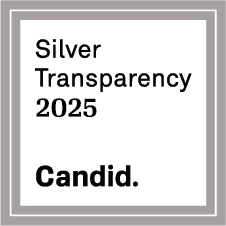Hidradenitis Suppurativa: Medication Options
Managing Hidradenitis Suppurativa (HS) with medications can be challenging, but the right treatment can help control symptoms, especially if the condition is caught early. Treatment often includes medications that work on the skin or are taken by mouth. Here are some of the most common medications used to manage HS:
Topical Treatments (Applied to the Skin)
- Anti-Acne Antibiotics & Benzoyl Peroxide: These are used to reduce bacteria on the skin. Benzoyl peroxide is also good at drying out the skin and helping to shed dead skin cells, which can prevent blockages in the pores.
Oral Medications (Pills)
- Antibiotics: These can help when there are no abscesses (painful lumps). They aim to stop infections from spreading and help the lumps heal faster. Typically, you might be prescribed antibiotics for 1-2 weeks, but sometimes they are used longer for their anti-inflammatory effects.
- Contraceptive Pills (COCPs): Sometimes birth control pills, like Dianette or Yasmin, are prescribed to women with HS. They can help balance hormone levels and reduce oiliness or skin issues. However, these pills are not suitable for everyone, and your doctor will check if it’s safe for you to use them.
- Retinoids (e.g., Acitretin): These are vitamin A-based medications used when other treatments haven’t worked. Retinoids help stop the production of sebum (skin oil) and promote the shedding of dead skin cells, reducing blockages. However, retinoids can be harmful during pregnancy and should only be prescribed by a dermatologist.
- Corticosteroids (e.g., Prednisolone): These medications can be prescribed for short periods to reduce inflammation. They can be very effective, but using them long-term may cause side effects like weight gain, high blood pressure, and bone thinning (osteoporosis).
- Immunosuppressive Medications: These work by reducing inflammation in the body and can be helpful for severe HS. Drugs like Infliximab (Remicade) or Dapsone (which is also used for leprosy) may be prescribed. However, these medications need close monitoring because they can have serious side effects, like kidney problems or a weakened immune system.
Note: Some of these newer medications can be very expensive, and in some places, like the NHS, they may only be used for certain conditions such as rheumatoid arthritis or psoriasis.
Hidradenitis Suppurativa: Surgical Options
When medications alone aren’t enough, surgery might be considered to remove the affected tissue. Surgical options vary, depending on the severity of the condition. Here's a look at some common procedures:
1. Wide Excision Surgery
This is the most common surgery for HS. It involves removing the lesion (sore) and the surrounding tissue. The goal is to reduce the chances of the disease returning, but HS can still come back in the future. Studies show that about 1 in 3 people may experience a recurrence after surgery.
2. Limited Surgical Procedures
If the lesion is less severe, doctors may perform smaller, less invasive procedures:
- Incision & Drainage: The abscess (painful lump) is cut open to allow the fluid to drain out.
- Curettage: This involves scraping out the tissue at the base of the lesion to help it heal.
- Sinus Tract Electrocoagulation: This uses heat to treat deep tracts (tunnels) under the skin caused by HS.
3. Electrosurgery
This technique uses an electrical current to remove tissue or treat smaller lesions. It may be a good option for some people because it is less invasive than traditional excision surgery.
4. Minor Surgical Options
These can be done to remove or treat smaller lesions:
- Drainage of the lesion: A quick procedure to release pus or fluid.
- Curettage: Scraping out the infected tissue.
- Sinus Tract Electrocoagulation: A technique to treat deep tracts under the skin using heat.
5. Flaps & Grafts
In more complex cases, doctors may use flaps or grafts to close large wounds:
- Pedicle Flaps: A piece of skin is moved to cover the wound.
- Free Flaps: Skin is taken from one area of the body and moved to another.
- Skin Grafts: Healthy skin is used to cover areas where tissue has been removed.
Things to Keep in Mind About Surgery
- Surgery can be effective for removing stubborn lesions, but it’s important to know that it doesn’t guarantee the disease won’t return. Also, some people may experience the development of new lesions in areas that weren’t previously affected.
- Discussing your treatment options, including both medication and surgery, with your doctor is important to find what will work best for you.





